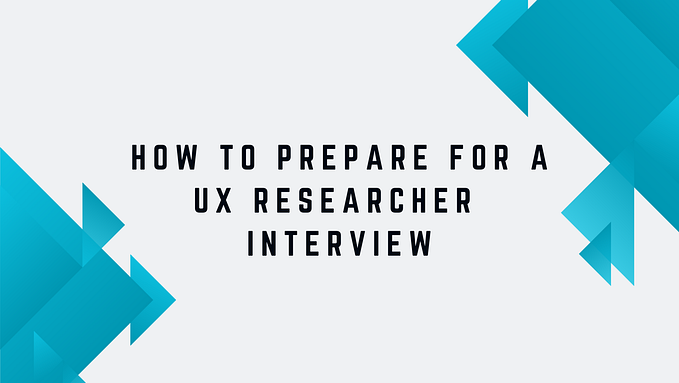UX in real life
While most of us UX people work in the digital space, we can learn a lot from the physical user experiences all around us.
Don Norman’s epic exploration of the UX of doors in “The Design of Everyday Things” got me started on the UX of physical experiences. An article about the UX of Disney World kept me going. Now I can’t help but notice it all around me.
Bathrooms
Let’s start with the bathrooms at the cafe next to my office.
Everyone knows that the line to the women’s restroom is always longer than to the men’s. This makes me particularly crazy during intermission at a Broadway show.
At the cafe next to my office, there are two stalls for women and one for men. The fact that they didn’t default to an equal number of restrooms for both genders epitomizes human-centered design.
Stores
I went shopping for new running clothes the other day. I walked into a shop and asked where the shorts are. Turns out the store organizes gear by brand. What a nightmare! So first I sorted through Nike shorts, then jumped to the next aisle to look at Adidas shorts, then Reebok shorts, etc. WTH? Who walks into a store looking for a particular brand as opposed to a particular item? Who knows… maybe that’s a thing. But I don’t get it.

Similarly, I went to a drugstore looking for a multi-vitamin. Choosing a multi-vitamin can be tricky because they each have a slightly different combination of ingredients. So what I really wanted to do was go the section with the multi-vitamins, pull all the competitors off the shelf, and compare. But NOoooo. The vitamins and supplements were organized by brand! So I first had to sift through the zillions of supplements Centrum makes to find their multi-vitamin, and then the zillions of supplements from the next brand over to find their multi-vitamin, and so on for every competing brand. Aisles later I could finally sit down to comparison shop.
Maybe, just maybe, when it comes to sports gear, there are people out there who are loyal to a brand and actually would appreciate having a “Nike aisle”. But for vitamins?
Who does this system serve? Certainly not the user (me).
Parking lots
This is one of my favorite real life user experiences ever: many parking lots near where I live have a light installed in the ceiling above each spot. The lights have sensors and if they detect a car underneath, they turn red; no car, green; no car and it’s a handicap spot, blue. It’s amazing. Because they’re on the ceiling, you can see the lights from across the lot so you never have to bother driving up and down the aisles.

I’m willing to bet that this isn’t done simply for altruistic purposes or to improve my personal user experience. The malls want to get people IN AND SHOPPING as quickly as they can, and in a good mood. This brilliant system seems relatively low cost for solving all those pain points.
We are the users of our lives and everything we do and encounter creates our user experience. If we pay attention to the UX in all areas of our lives, we can definitely draw inspiration for improving the UX of the digital interfaces we’re building. As has become common knowledge, in large part thanks to Cliff Nass’s “The Man Who Lied to His Laptop”, people expect computers to sound and act like people. It follows that taking notes from real life UX can only better equip us to create more conversational, engaging, and successful UIs.







